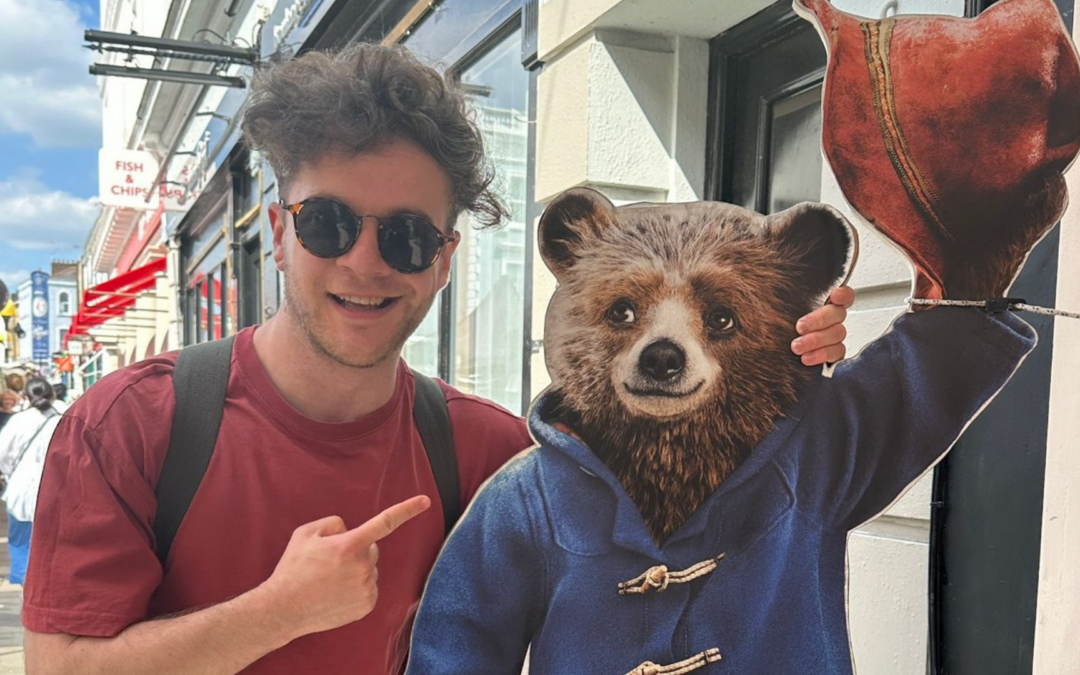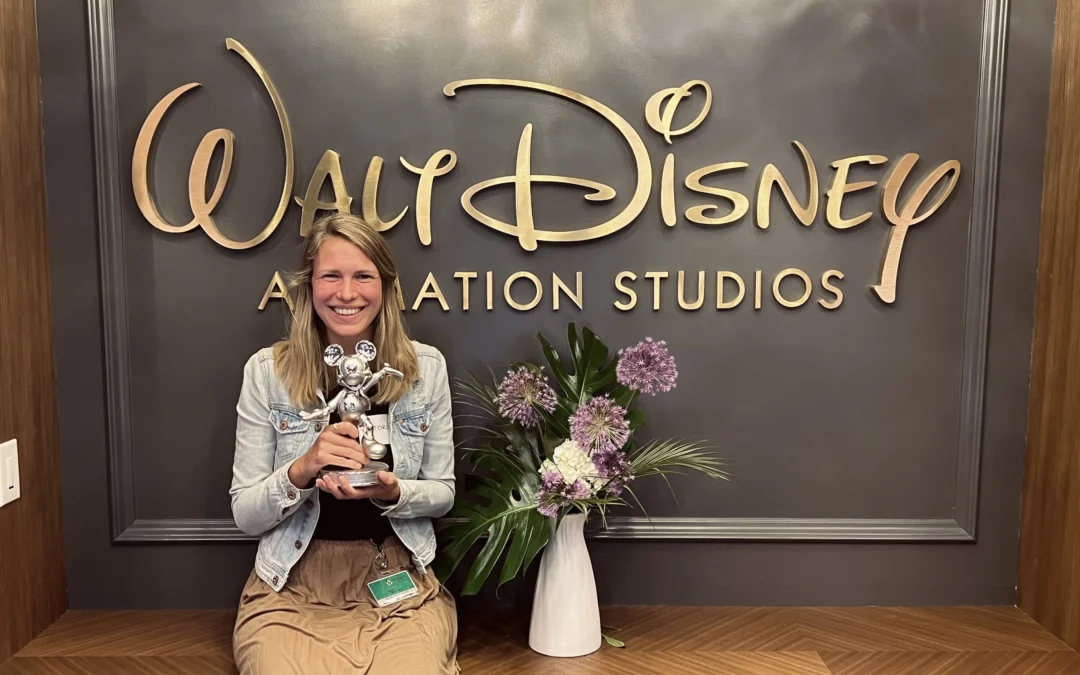There are a lot of pieces that have to fit together to compose the perfect image. Professional lighters and compositors make a number of adjustments to hit the right spot and mood. In CG Basics, you build foundation skills with the basics of CG camera concepts, modeling, and surfacing and progress to lighting and compositing.
Industry-Only Access
During this 12-week course, the same industry professional lighters and compositors teach you these vital skills using industry-standard software. In fact, you receive access to The Foundry’s NUKEX (over $8,000 value) and Solid Angle’s Arnold renderer. You also receive a three-year active student license to Autodesk® Maya® ($3,675 value).
Through these powerful software applications, you have access to the same professional tools used in top VFX productions around the globe.
Industry-Specific Curriculum
Your mentor will carefully guide you through 12 weeks of instruction across the following. (If you want to learn more right away — be sure to request more information and our Admissions Representative will contact you.)
Week 1: Introduction to the Camera
Say hello to the AMP™ Studio Production Pipeline, which serves as the “backlot” and storehouse for all of your amazing work to come. Begin by exploring what is involved with matching our CG camera to a live-action image.
Week 2: Hard Surface Modeling Overview
Follow a high-level overview of basic hard surface modeling concepts in Maya with an existing sample asset.
Week 3: Surfacing Overview
Learn the interplay of light and surface — otherwise known as surfacing.
Week 4: Lighting and Compositing Overview
Begin your last overview week specific to light and layers and build your understanding of how to construct a finished image.
Week 5: Hard Surface Modeling, Part 1
Discover the art of modeling to create shape and form with maximum efficiency. Progress through the planning process and into the initial steps of a complete model scratch build — and explore a few different ways of “attacking” the challenge of roughing in a basic shape.
Week 6: Hard Surface Modeling, Part 2
Focus on shape and form to convey realism. Explore additional techniques like NURBS — and compare and contrast their strengths and weaknesses against traditional polygons.
Week 7: Understanding UVs
Uncover UVs and UV mapping, which sit at the intersection of the geometry and texture data. Learn the process of unwrapping the model and preparing the UVs for texture mapping.
Week 8: Shaders and Materials in Look Development
Gain a deeper understanding of the different shader and material variables that allow you to push the realism and style of your images.
Week 9: Introduction to Texture Creation
Look at standard map types to see how you can source your own textures using photography and digital paint techniques. Learn texture mapping to push past the standard “CG look” and progress to higher levels of realism and style.
Week 10: Texture Creation Progression
Progress deeper into the texture creative process and explore more challenging topics, including procedural textures and camera projection techniques. Review texture resolution and file formats for optimizing the rendering process with the Arnold renderer.
Week 11: Lighting and Rendering Process
Use a studio lighting setup to focus on getting to know the technical details of rendering so you can optimize your renders for speed and great results.
Week 12: Compositing: Putting It All Together – Final Review
Remember that look development is a continuous, interrelated process that starts with modeling and continues through surfacing, lighting — and finally into compositing. Take all the parts so far and create the final. Use the multi-pass EXR renders and use compositing to deconstruct and reconstruct your images as needed — making sure to adjust and sweeten the images beyond the lighting and rendering process.
Industry-Level Instruction Begins Now
Your spot in CG Basics awaits. If you are ready to take the first step toward becoming a VFX artist, then be sure to apply now for our upcoming Summer 2013 term. See you in the Studio School.
— The Animation Mentor Crew



